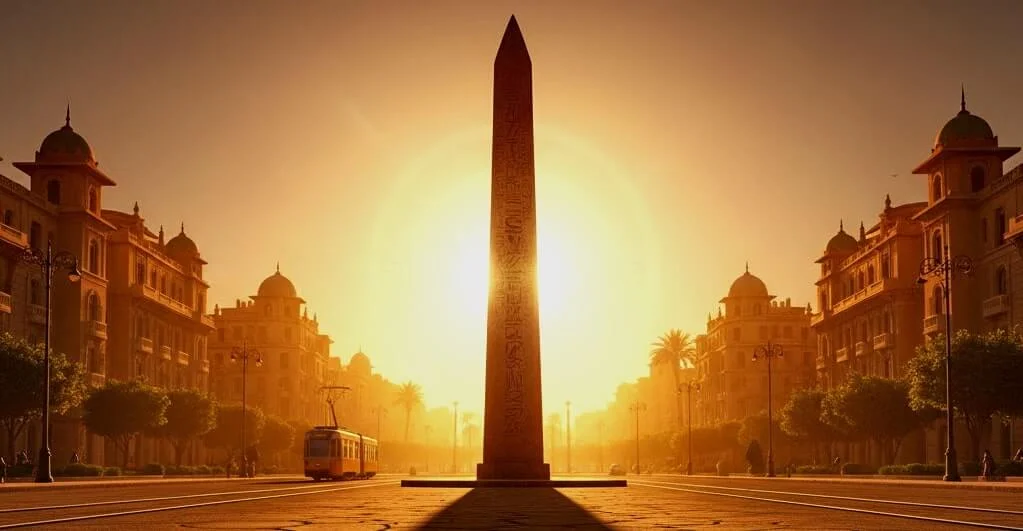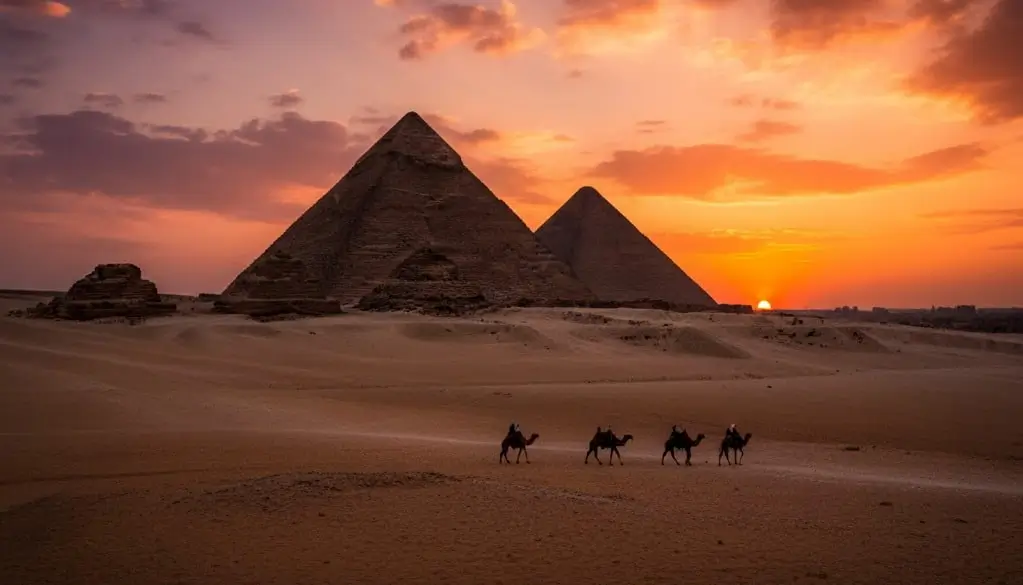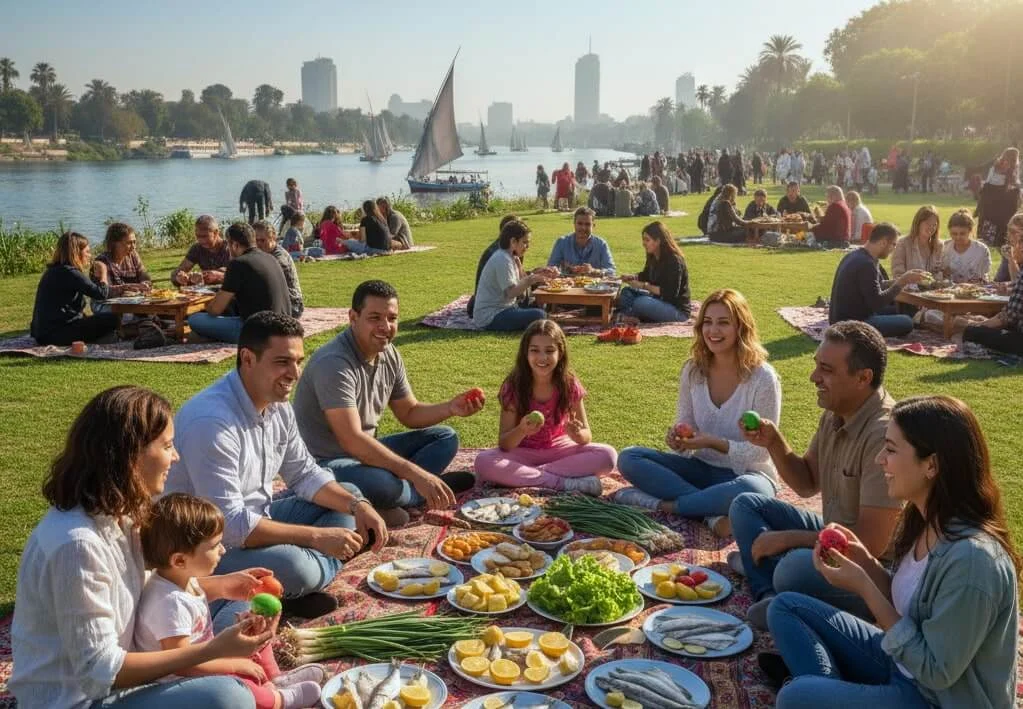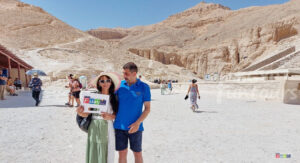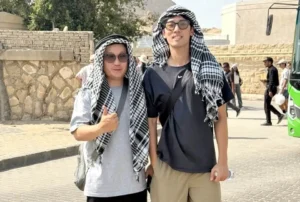As the capital of the New Valley Governorate, Kharga Oasis is the most populated and accessible oasis in Egypt’s Western Desert. Located 232 kilometers south of Assiut, it masterfully blends modern life with a deep ancient past.
The oasis offers a diverse range of attractions for visitors:
- Historical Sites: It features a wealth of significant monuments, including the well-preserved Temple of Hibis and the ancient Al-Bagawat Christian cemetery.
- Natural Springs: Kharga is famous for its abundant wells. These include therapeutic hot sulfur springs where the water temperature can climb to a relaxing 43°C, alongside several refreshing cold springs.



